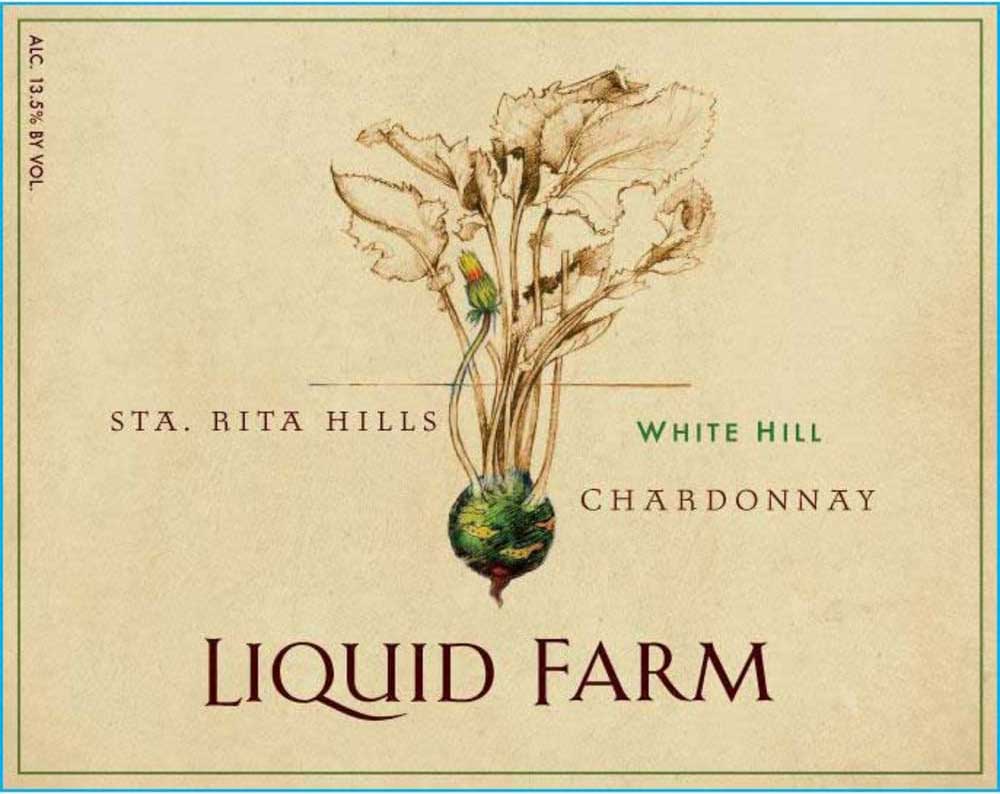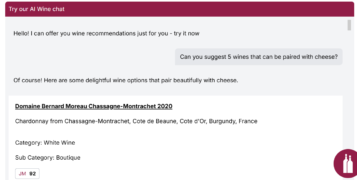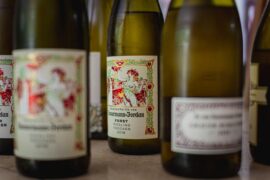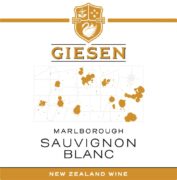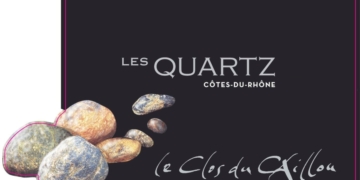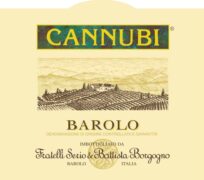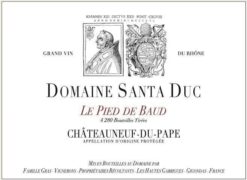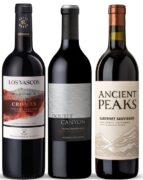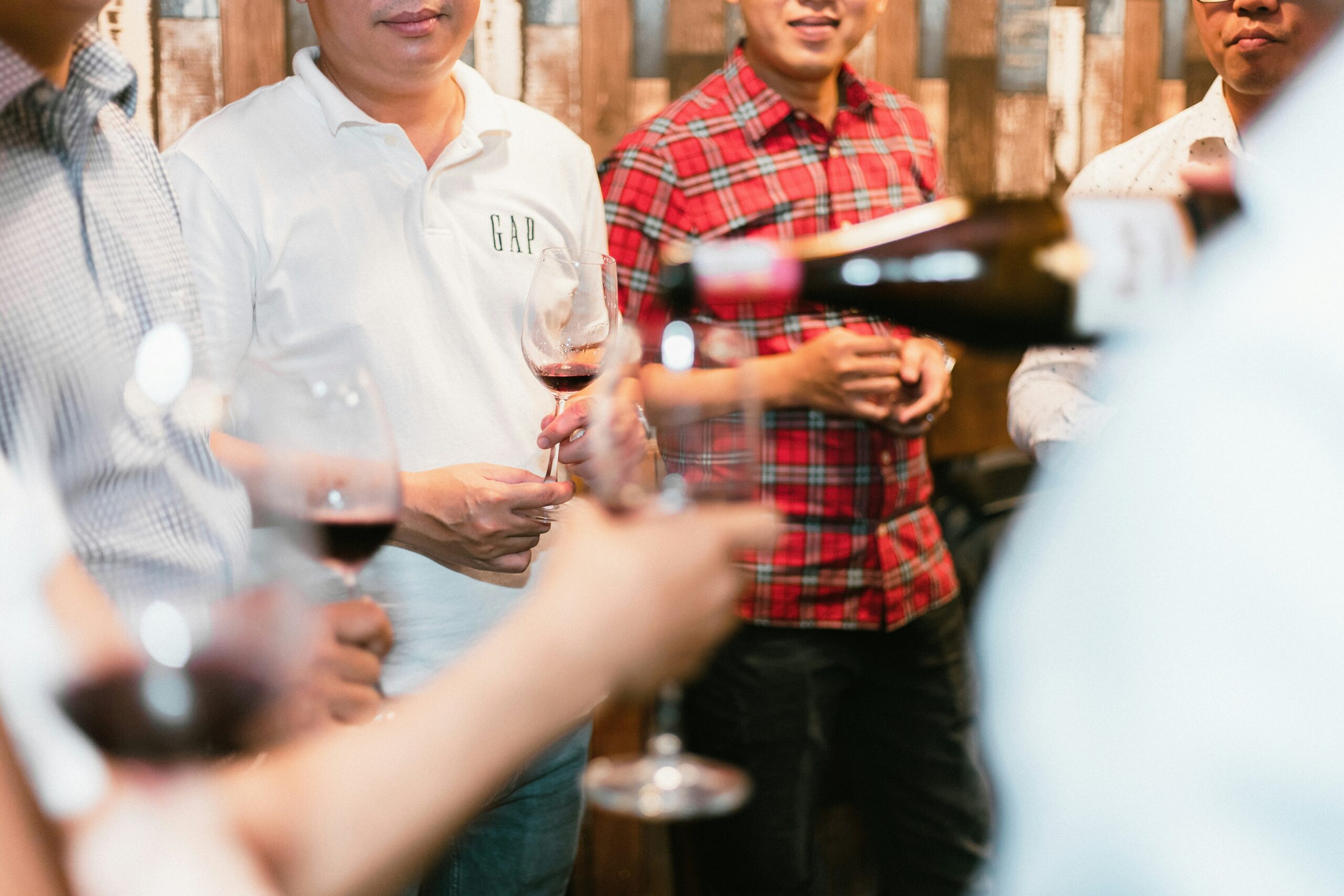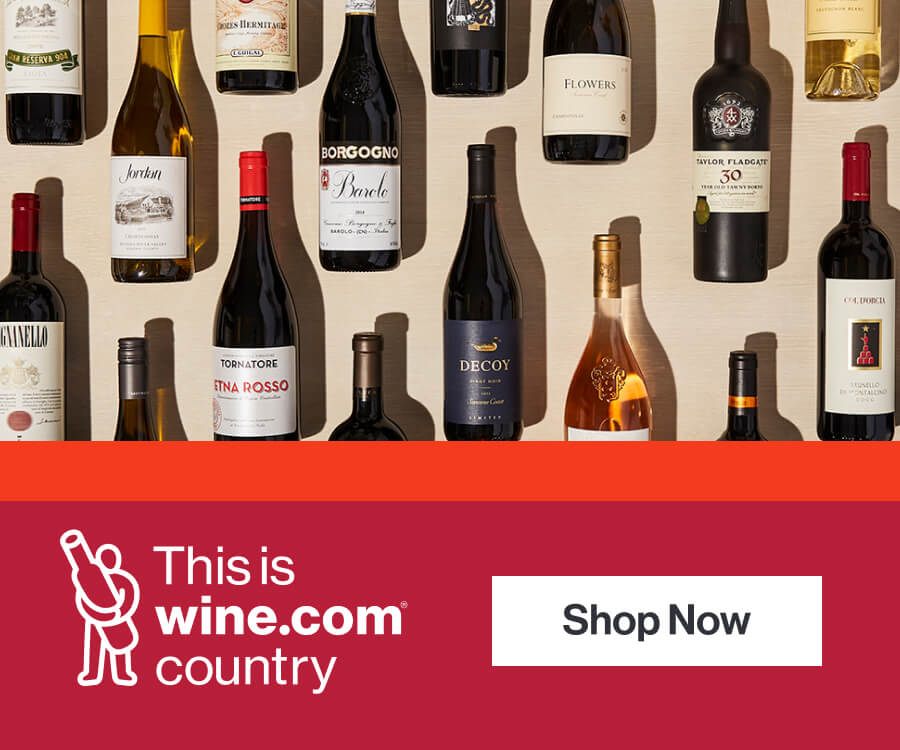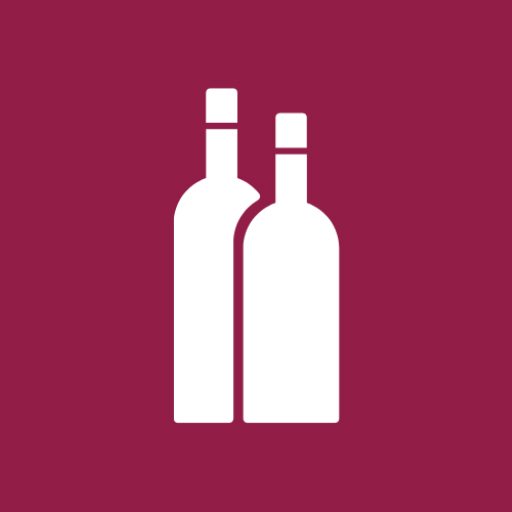With more than 5,000 wine and spirit competitions worldwide, the question arises: are there too many? While the sheer number of such events may seem excessive, the answer is more complex. The utility of these competitions lies not in their quantity but in how consumers and producers interpret their outcomes.
The Role and Size of Competitions
The size of a competition, in terms of entries or participation, does not necessarily guarantee more authoritative results. Some large competitions may tout themselves as the “biggest,” but the credibility of their awards hinges more on the specific categories they judge. For instance, a competition judging thousands of ready-to-drink (RTD) beverages may not lend added weight to its whisky or gin awards simply due to volume.
Competitions like the San Francisco World Spirits Competition (SFWSC) and the International Wine & Spirits Competition (IWSC) are well-regarded for their specific focus areas. SFWSC, for example, often receives the most bourbon entries, while IWSC has a reputation for its Scotch whisky categories. Other events, such as the Tokyo Whisky & Spirits Competition or the Canadian Whisky Awards, carry greater authority within their regional specialties.
Subjectivity in Judging “World’s Best”
A common issue with wine and spirit competitions is the frequent declaration of “world’s best” titles. Although the same pool of judges—many of whom participate across different competitions—often evaluate these beverages, results may vary significantly from one event to another. This variation illustrates how personal preference can influence outcomes. A high-rye bourbon may never appeal to someone who prefers a smoother wheated version, regardless of the awards it wins. Similarly, a heavily peated Islay whisky is unlikely to impress someone who favors a Speyside malt with sherry notes.
Research across a decade of competition results indicates a consistent overlap in the top-performing entries. Judges tend to agree on the top 5% of wines or spirits in a category, but selecting a singular “world’s best” from these top-tier candidates remains subjective. For consumers, the value lies in the gold or higher medal winners—those that consistently rank among the top performers.
Competitions and Market Impact
Competitions serve as important platforms for identifying emerging brands, particularly within the booming craft spirits and wine industries. Many producers have seen their sales surge after securing awards at major competitions. However, smaller, specialized competitions often play a critical role in spotlighting new talent earlier than large-scale events. For example, the American Distilling Institute’s International Spirits Competition has a track record of recognizing up-and-coming distillers before they gain widespread attention.
Similarly, local wine competitions—such as Virginia’s Governor’s Cup—may discover promising regional producers before they make it to high-profile events like the Decanter Awards or the San Francisco Chronicle Wine Competition, the latter being North America’s largest.
Pricing and Accessibility
For many consumers, price is an essential factor in determining the relevance of competition results. Events like the New York International Spirits Competition (NYISC) and the London Spirits Competition (LSC) incorporate pricing into their judging criteria, making their awards more relevant to everyday buyers. On the other hand, competitions that prioritize prestige brands often fail to resonate with most consumers, who may find it impractical to purchase ultra-premium spirits or wines.
This issue is especially prevalent in wine competitions, where many awards favor expensive bottles. Given that around 85% of wine sold in the U.S. retails for under $20, recognizing affordable yet high-quality options would better align with the average consumer’s purchasing behavior.
Availability and Regional Limitations
A recurring challenge in both wine and spirit competitions is the limited availability of top-ranked entries across different markets. For example, South African wines such as Cap Classique sparkling varieties often earn high praise in European competitions but remain difficult to find in North America. Similarly, many U.S. craft spirits highlighted in domestic competitions are unavailable internationally due to distribution constraints.
The issue extends to white spirits like vodka and gin, which are often produced locally with low production costs but struggle with international distribution. This geographic limitation can diminish the practical relevance of competition results for consumers outside the producer’s region.
Strategic Value for Producers
Competitions also provide strategic benefits for producers seeking to build their brand. For smaller distilleries or wineries, entering regional competitions may yield better results than competing on an international stage. Events held in key markets, such as New York, Miami, or Las Vegas, can offer exposure to local distributors and mixologists, fostering brand development. In contrast, large international competitions might offer prestige but less immediate impact on sales or distribution.
So Are There Too Many Competitions?
While the proliferation of wine and spirit competitions may appear overwhelming, their value depends on how participants and consumers engage with the results. For producers, these events provide opportunities for recognition and market entry. For consumers, competitions offer a starting point for discovering top-tier products, though personal taste should ultimately guide purchasing decisions.
The frequent declaration of “world’s best” titles should not be taken as absolute truth. Instead, consumers are encouraged to focus on the broader pool of gold or higher medal winners to find products that align with their preferences. Ultimately, the best wine or spirit is the one that resonates with the individual buyer, regardless of the number of awards it has received.



